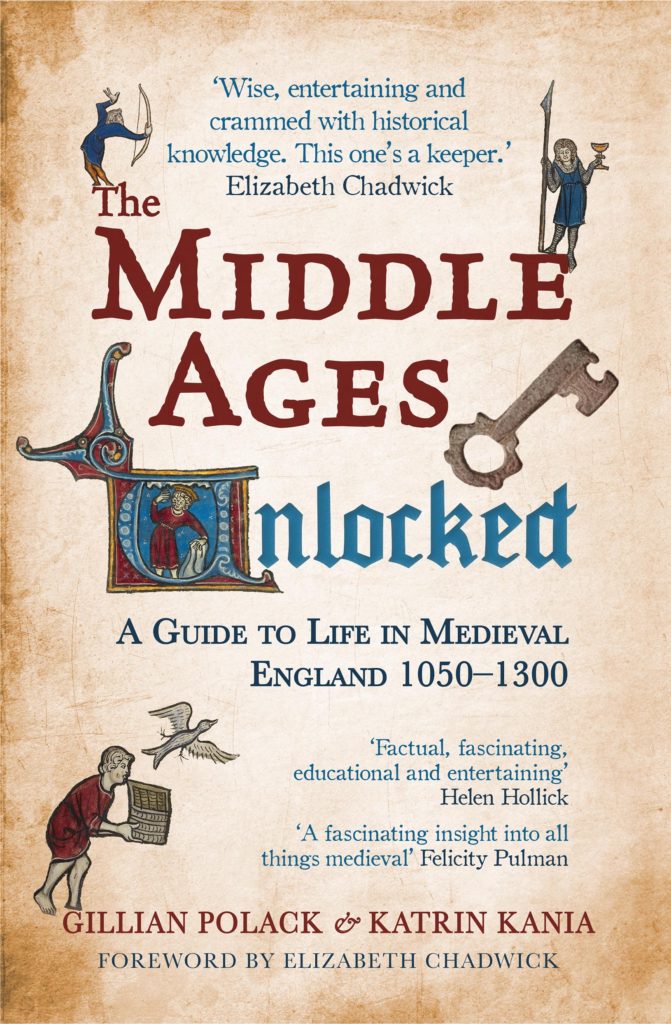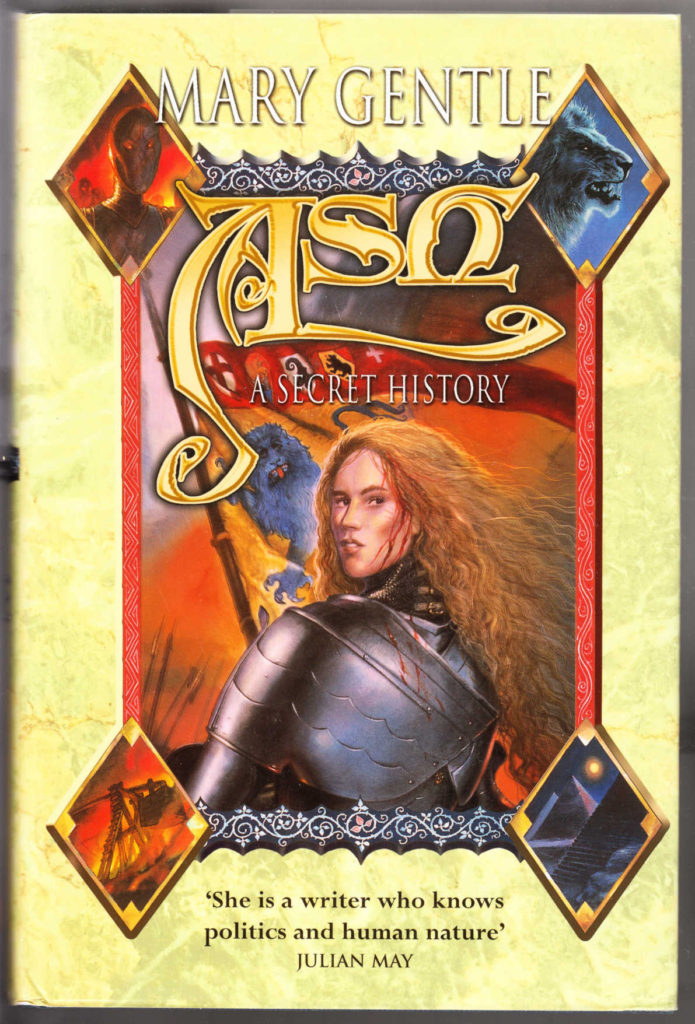Book Review: THE STARVING SAINTS by Caitlin Starling

There is a strong layer of familiarity underlying it all, particularly in its vaguely Medieval European setting and fairy story folklore inspirations. But Starling takes these basic ingredients or flavors and cooks them into something unexpected and astounding.
Book Review: The Middle Ages Unlocked: A Guide to Life in Medieval England, 1050-1300, by Gillian Polack and Katrin Kania

“The past is a foreign country: they do things differently there” — L.P. Hartley The conceptions and misconceptions of what medieval life was really like influence our perceptions of who we are as people, and the fiction and worlds that we create. There is a real struggle within certain sectors of the SFF genresphere about the fiction based on the world within what I call the “Great Wall of Europe”, fantasy with the viewpoint and a setting firmly grounded in conceptions of what Medieval Europe was like. Be it George R.R. Martin’s Westeros, or Kate Elliott’s Wendar and Varre, or a hundred others, Medieval Europe is, for a lot of writers and readers, THE setting to base their fantasy upon. However, many other writers get basic facts about Medieval Europe unintentionally wrong, further accentuating and perpetuating stereotypes and misconceptions about the Medieval world and mindset when they plug those misconceptions into their fiction, and those misconception are reinforced as misinformation about the real Medieval Europe.
On Fury and Fairies and the Remnants of Gods by Gillian Polack

The other day, someone said to me that Tolkien’s elves were the real thing, because he was a Medievalist and so he knew. I’m a Medievalist and I know, too, and what the real thing is depends so very much on where one is and what one is writing. I’m not at all certain that Tolkien would have liked to be told that the closest thing to his elves in Old French tales are the blonde fairies (with hair that is red-gold, like fine wire, and the palest of skins and the prettiest of rose colouring on their cheeks) in the Arthurian romances. They are not the stuff of folkdom. They’re not even terribly legendary. They’re the object of quests by knights who don’t quite fit at court. They have the best tents and the most beautiful horses and an unlimited number of handmaidens more beautiful than anyone else in sight apart from the fairy herself. They’re not that real. When I stop and think about Tolkien’s elves, they’re not quite as perfect, but they come close at times. They’re not perfect because they’re annoyingly “I know so much and don’t see why I should tell you.” Neither of them have wings. These fairies are not the hidden folk of any of the various regions in Western Europe. They’re a literary construct. In fact they appear in the Marvel and DC of their time. I shall refer to the lead fairy (the one who the knight wins) as the Nick Fury of the magic realms from now on when I need to, on panels.
Mining the Genre Asteroid: Ash: A Secret History by Mary Gentle

In our world, the duchy of Burgundy, the Middle Kingdom, has had a fascinating, and often strange history. Wedged in the middle of Europe, from the Mediterranean and up toward the North Sea, parts of which are now France, Switzerland, Germany and Belgium, the Dukes of Burgundy have often been as powerful or more powerful than some of the full blown kingdoms they have dealt with. Burgundy is a hell of a lot of fun to play in the computer game Crusader Kingdoms 2. By accidents and turns of fortune, Burgundy disappeared from our history in a rather sudden fashion. That sudden disappearance of Burgundy from history is the historical seed for Ash: A Secret History by Mary Gentle. Gentle uses secret history, alternate history, and the moldability of history to explore a 15th century that wasn’t … but perhaps once was.

